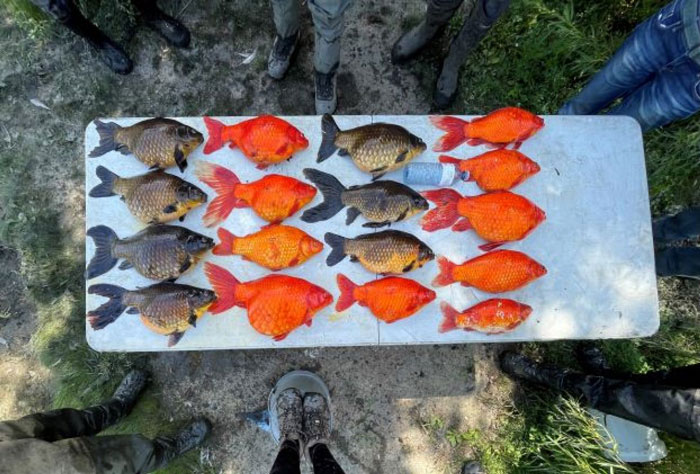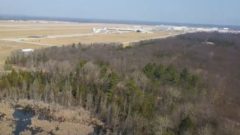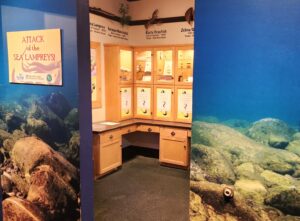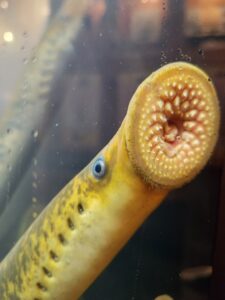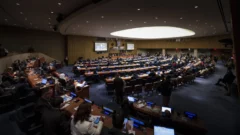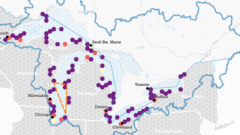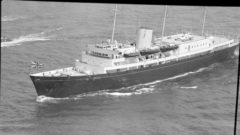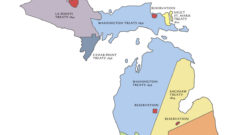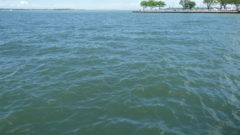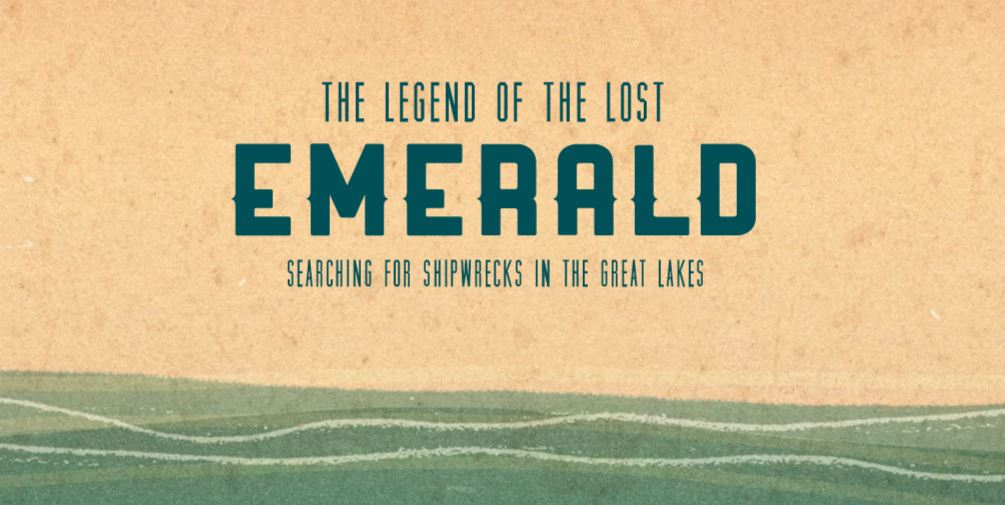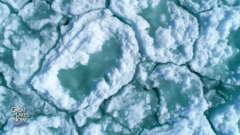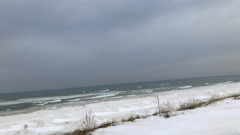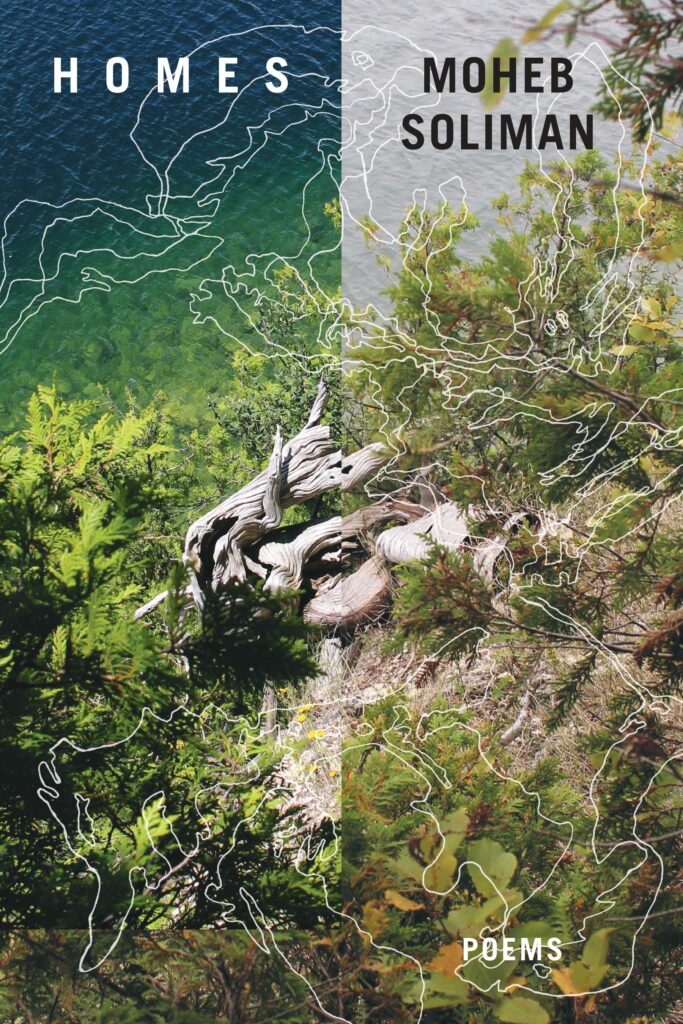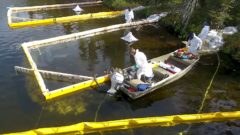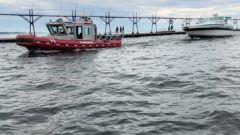Landing Blitz: Protecting our Waters
4th of July and Aquatic Invasive Species
Happy 4th of July!
The Fox-Wolf Watershed Alliance is joining the international effort to prevent the spread of aquatic invasive species this July 4th weekend! The 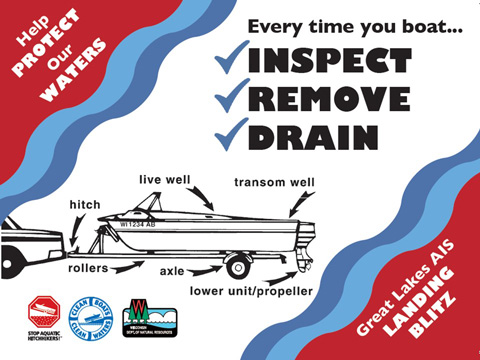 annual Landing Blitz campaign runs June 26th – July 6th, 2024. Clean Boats, Clean Waters (CBCW) boat inspectors and educators will meet boaters at lake and river launches to remind them that by taking simple prevention steps, we all play a vital role stopping the spread of aquatic invasive species (AIS) like zebra mussels.
annual Landing Blitz campaign runs June 26th – July 6th, 2024. Clean Boats, Clean Waters (CBCW) boat inspectors and educators will meet boaters at lake and river launches to remind them that by taking simple prevention steps, we all play a vital role stopping the spread of aquatic invasive species (AIS) like zebra mussels.
Joining with the Great Lakes Landing Blitz, Fox-Wolf Watershed Alliance joins all the Great Lakes states and provinces to educate boaters that simple clean up steps and draining water from the boat and live wells can help to prevent the spread of AIS. Many boaters will be greeted at landings and access points by volunteers and regional aquatic invasive species prevention partners sharing the simple but powerful message: YOU can protect lakes and rivers form aquatic invasive species impacts.
“It only takes a minute to remove plants, animals, mud or debris from boats, trailers and equipment and to drain all water from bilges, livewells and bait buckets,” said Erin McFarlane, the Statewide CBCW Educator with Extension Lakes. “These simple steps help keep invasive species from hitching a ride from one lake or river to another.”
No matter where you launch, always remember before you leave the launch to:
- Inspect boats, trailers and equipment for attached aquatic plants or animals.
- Remove all attached plants or animals
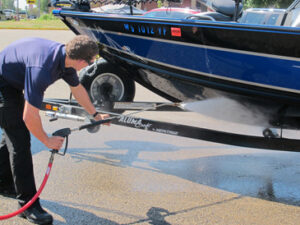
- Drain all water from boats, motors, livewells and other equipment
- Never move live fish away from a waterbody (out of water = dead)
- Dispose of unwanted bait in the trash
- Buy minnows from a Wisconsin bait dealer
- Only use leftover minnows when either 1) fishing with them on the same body of water or 2) on other waters if no lake/river water or other fish have been added to the container.
Following these steps ensures boaters comply with Wisconsin state law, which prohibits the transport of aquatic invasive species.
Have a safe holiday weekend and thanks for helping protect our waterways!
Photo Credit: Sophia Koch
Questions? Comments? Contact Chris Acy, the AIS Coordinator covering Brown, Outagamie, Fond du Lac, Calumet, and Winnebago Counties at (920) 460-3674 or chris@fwwa.org!
Follow the Fox Wolf Watershed Alliance’s Winnebago Waterways Program on our Winnebago Waterways Facebook page or @WinnWaterways on Twitter! You can also sign-up for email updates at WinnebagoWaterways.org.
Winnebago Waterways is a Fox-Wolf Watershed Alliance program. The Fox-Wolf Watershed Alliance is an independent nonprofit organization that identifies and advocates effective policies and actions that protect, restore, and sustain water resources in the Fox-Wolf River Basin.
Check out the Keepers of the Fox Program at https://fwwa.org/watershed-recovery/lower-fox-recovery/
Reporting invasive species is a first step in containing their spread. Maintaining and restoring our waters and landscapes can reduce the impacts even when we don’t have other management options to an invasive species.
The post Landing Blitz: Protecting our Waters appeared first on Fox-Wolf Watershed Alliance.
Fox-Wolf Watershed Alliance
https://fwwa.org/2024/07/02/landing-blitz-protecting-our-waters/?utm_source=rss&utm_medium=rss&utm_campaign=landing-blitz-protecting-our-waters

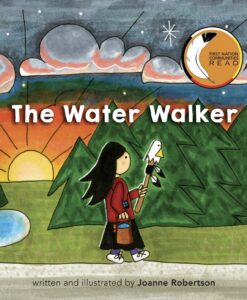
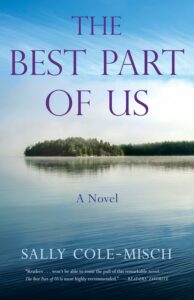
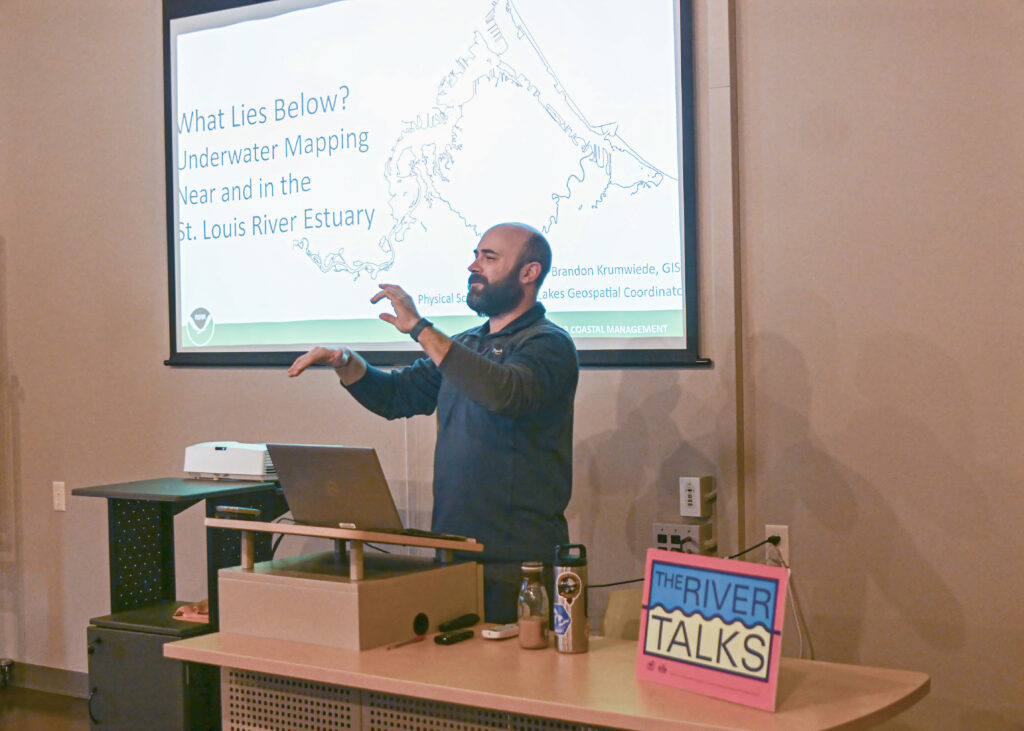
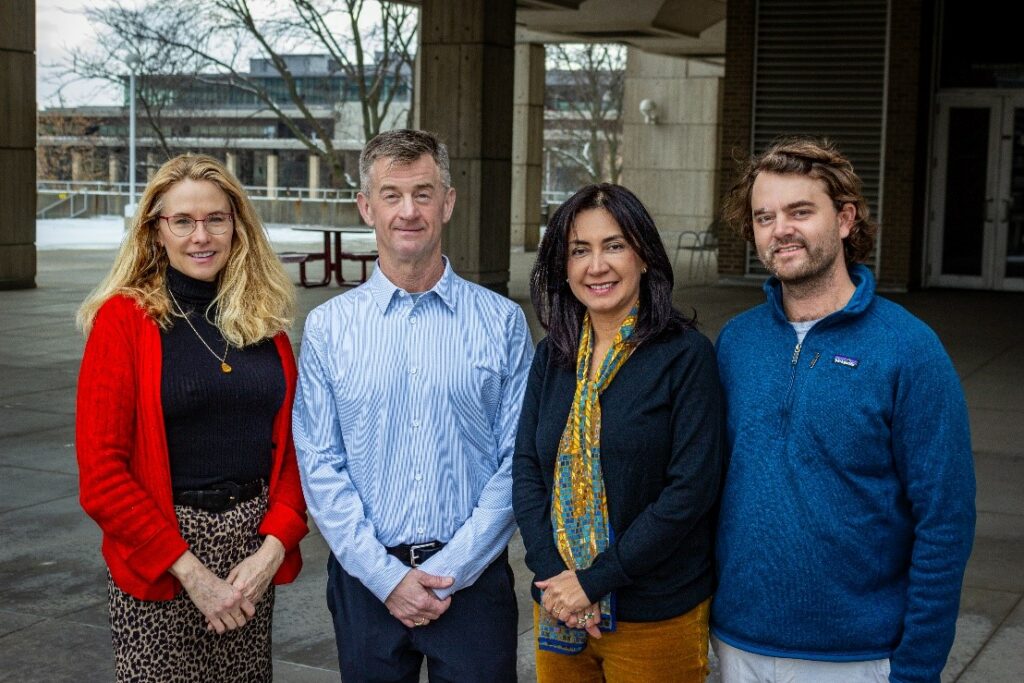
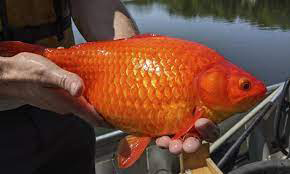
 Goldfish were first spotted in Hamilton Harbour in the 1960s, but largely died off in the 1970s because of industrial contamination. In the early 2000s, their population appeared to recover. Goldfish can tolerate a wide range of water temperatures, reach sexual maturation quickly, and can eat nearly anything, including algae, aquatic plants, eggs and invertebrates, Ms. Boston said.
Goldfish were first spotted in Hamilton Harbour in the 1960s, but largely died off in the 1970s because of industrial contamination. In the early 2000s, their population appeared to recover. Goldfish can tolerate a wide range of water temperatures, reach sexual maturation quickly, and can eat nearly anything, including algae, aquatic plants, eggs and invertebrates, Ms. Boston said.